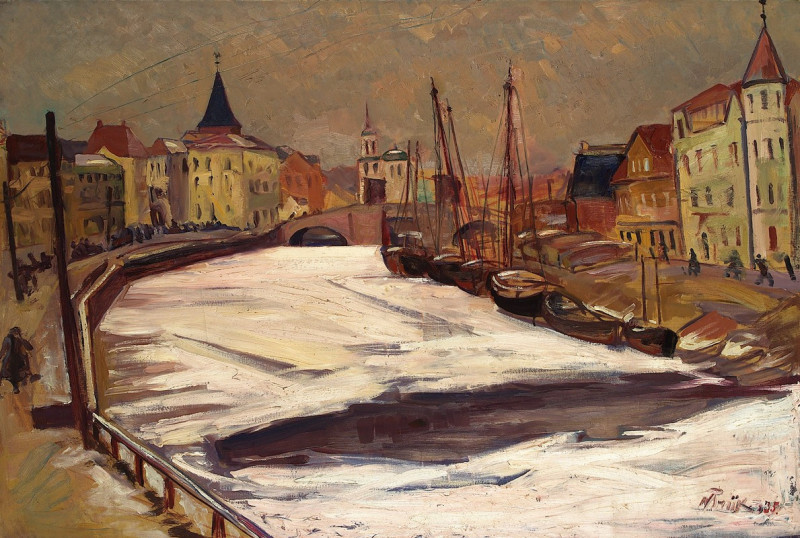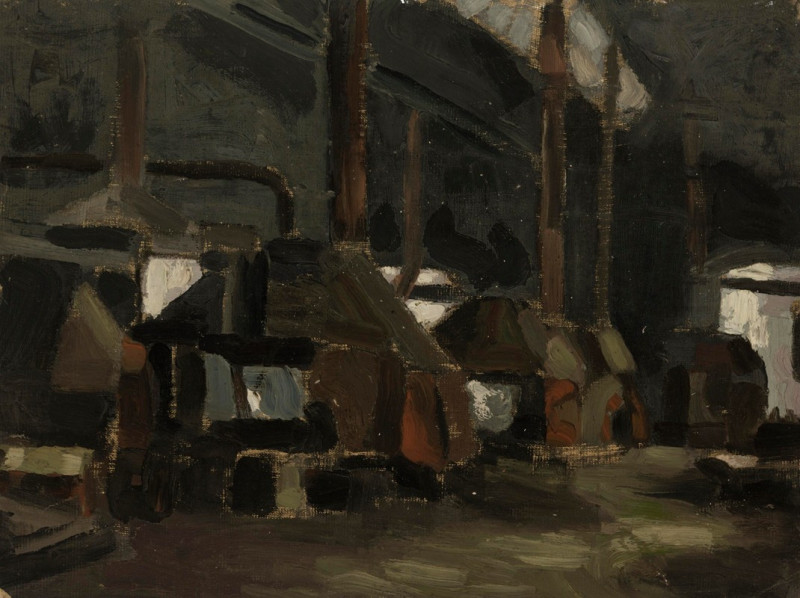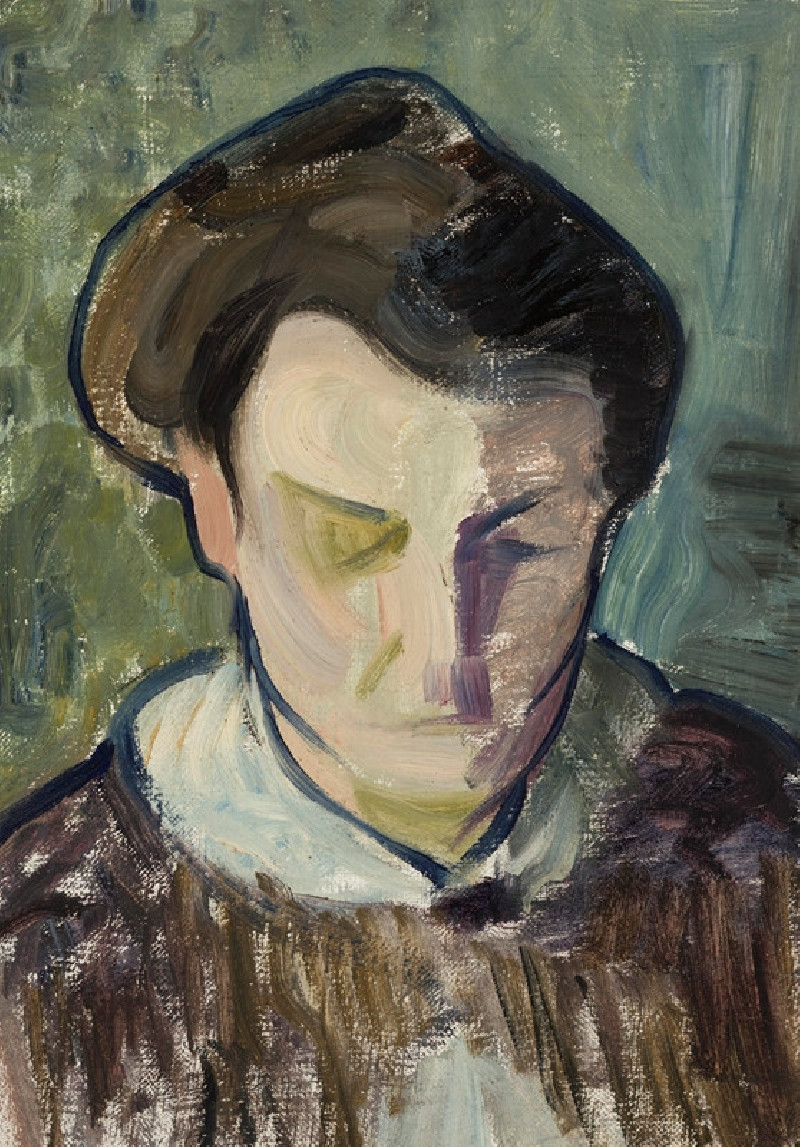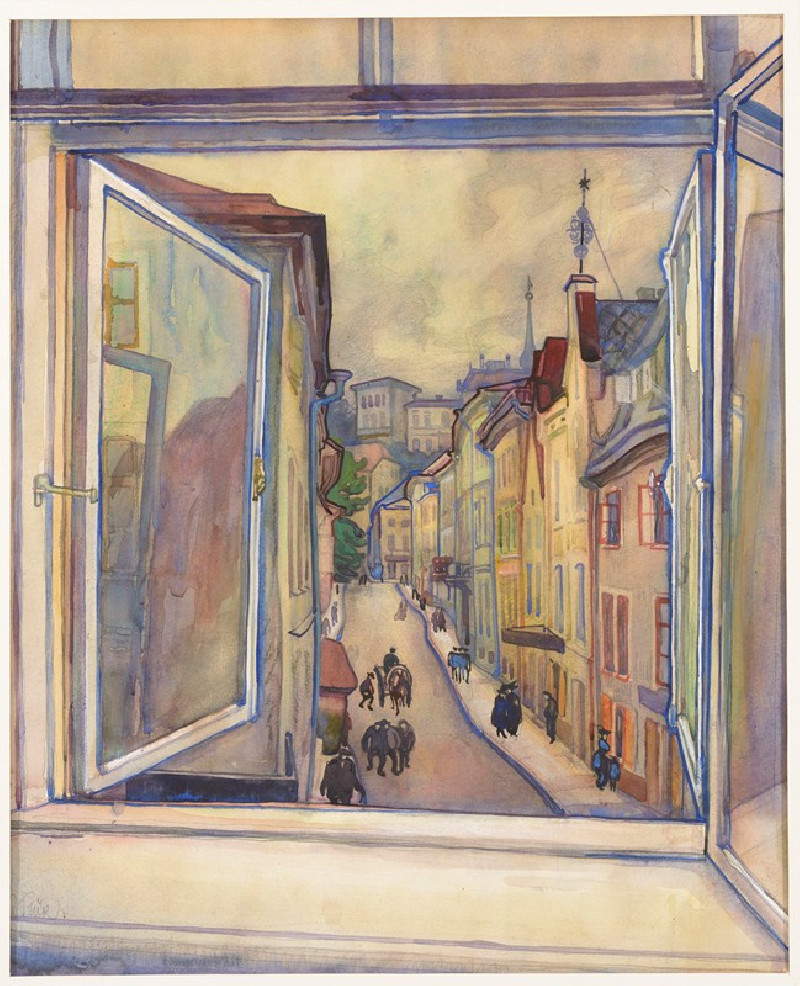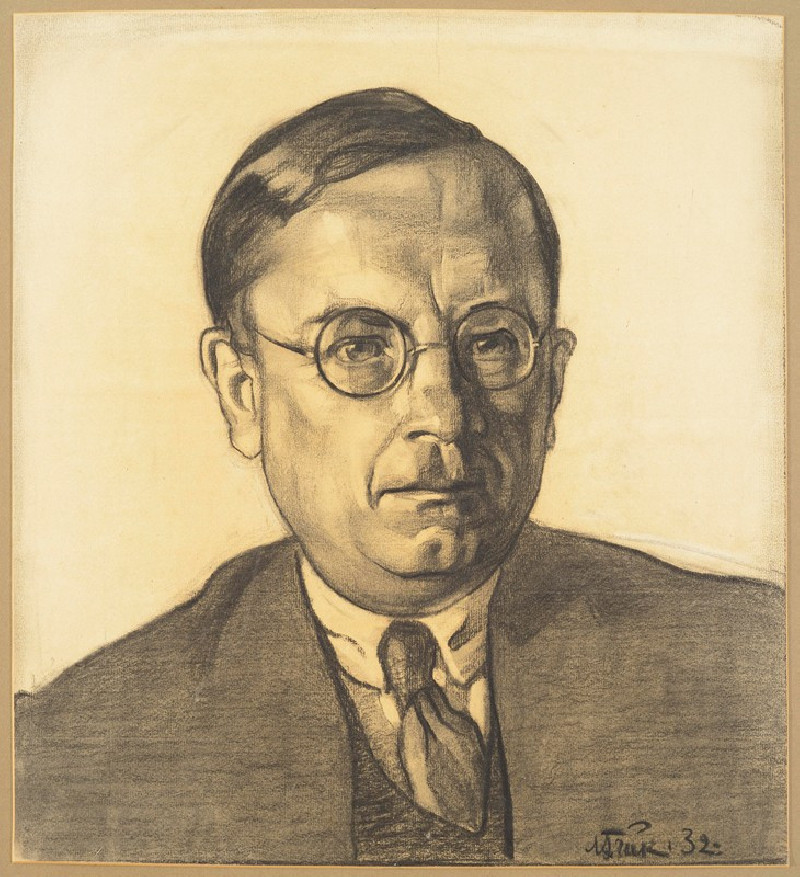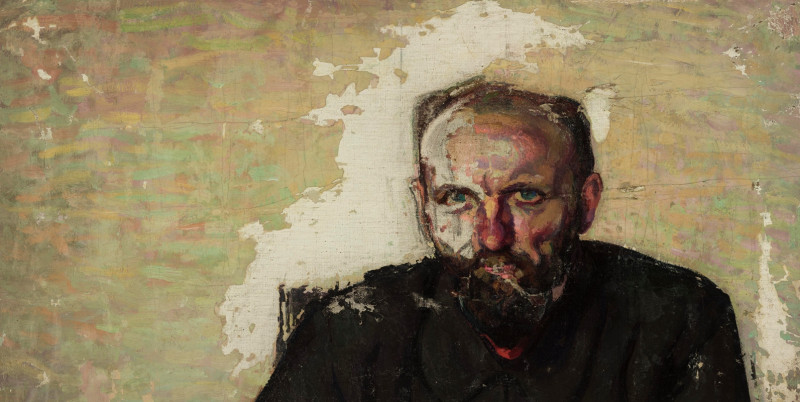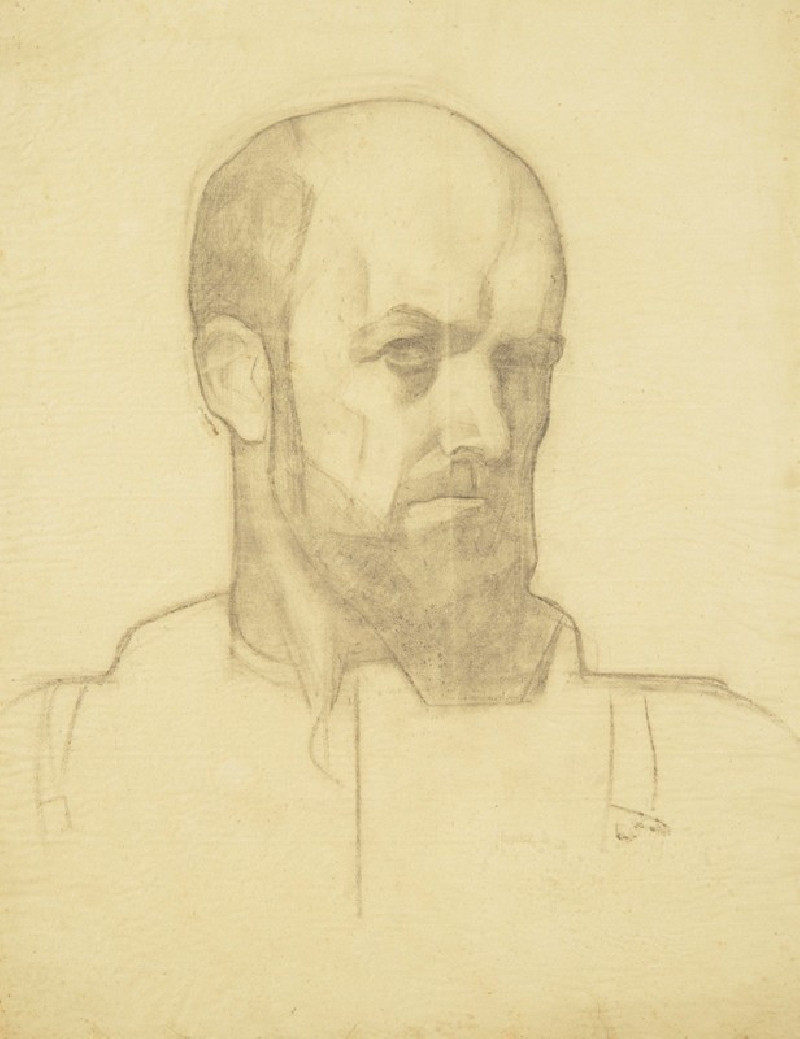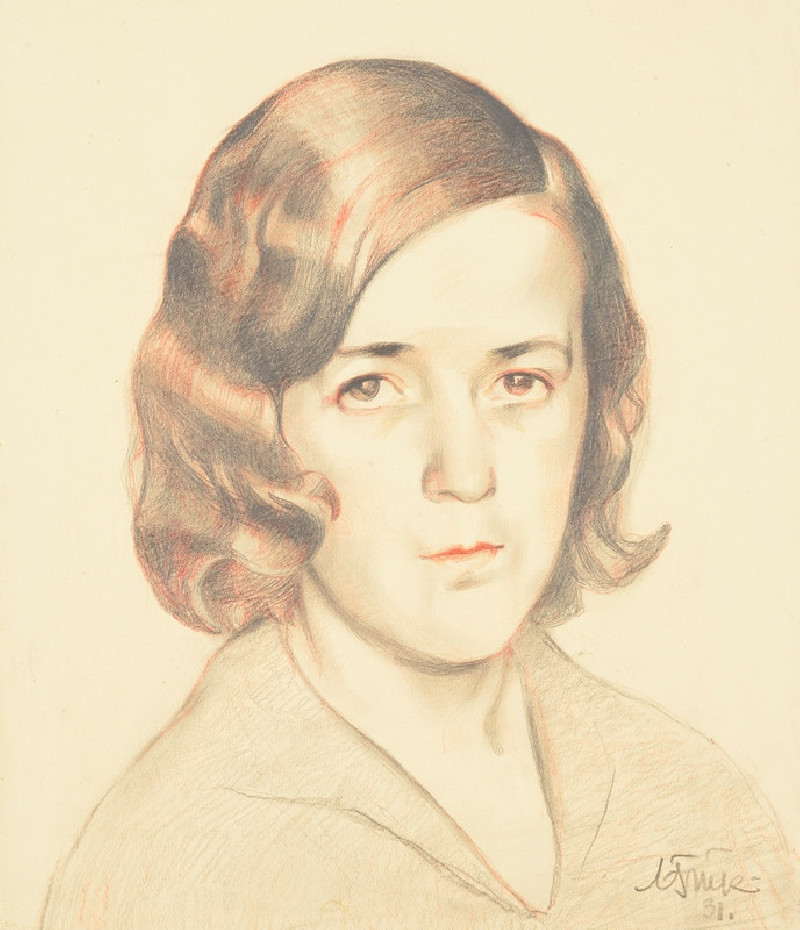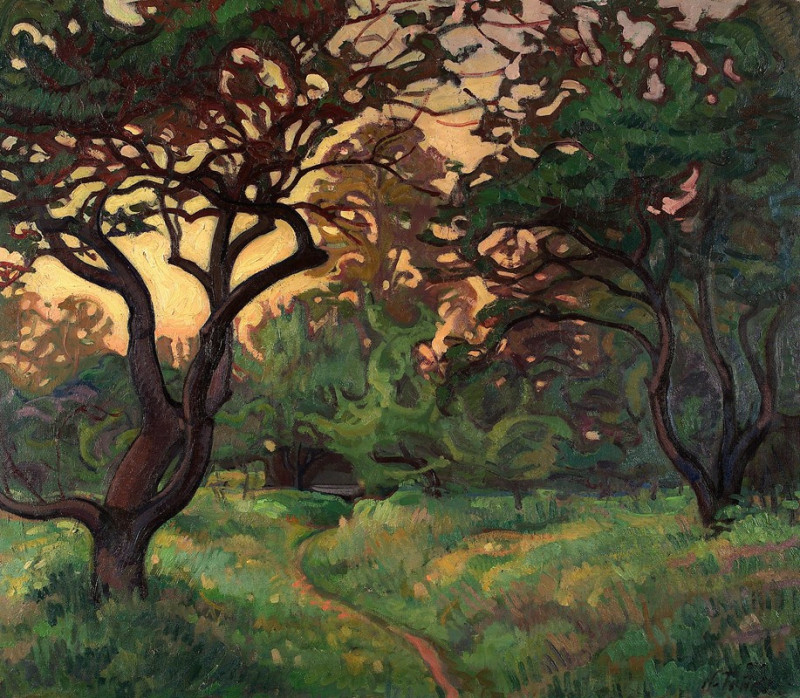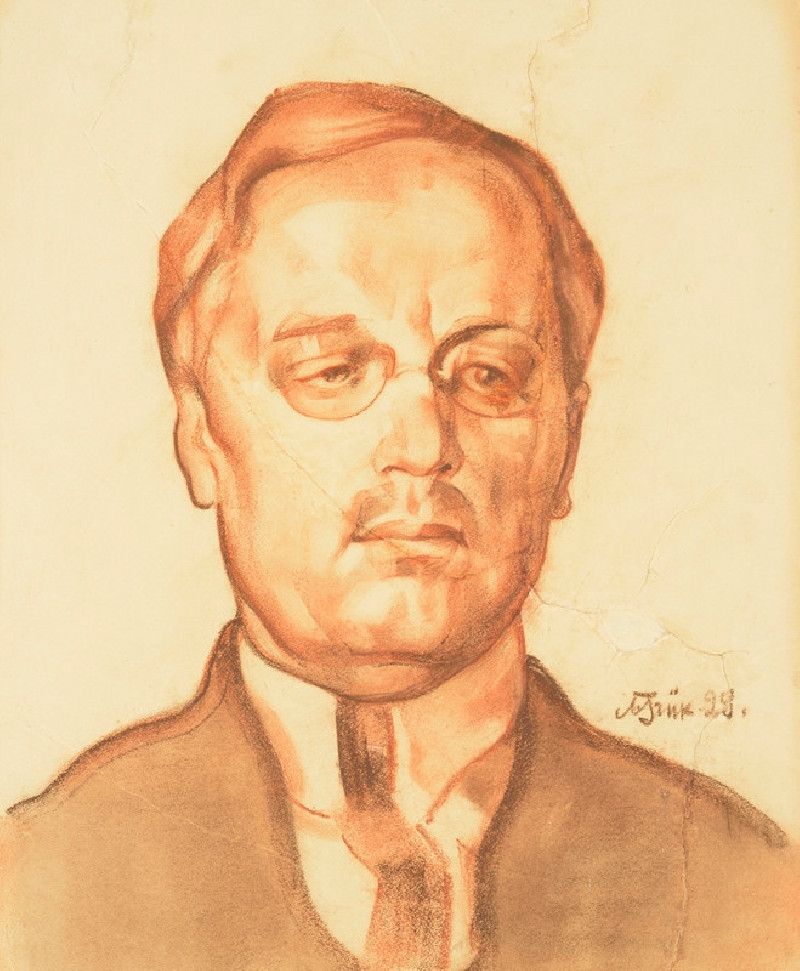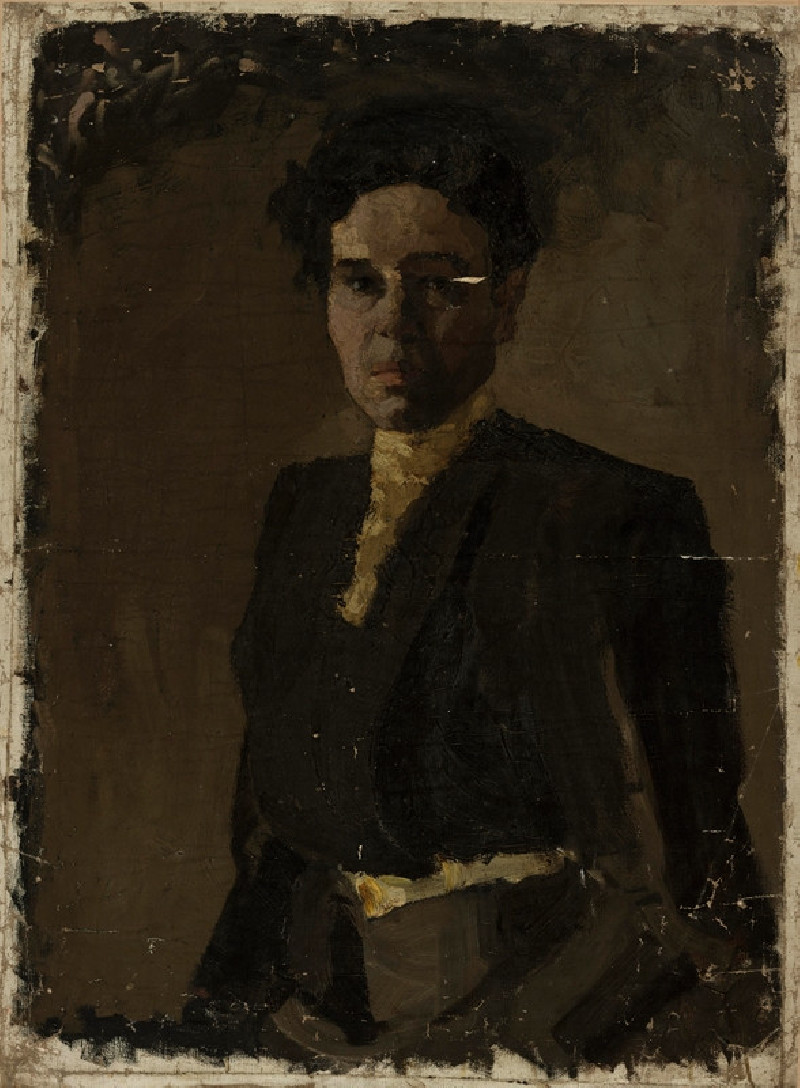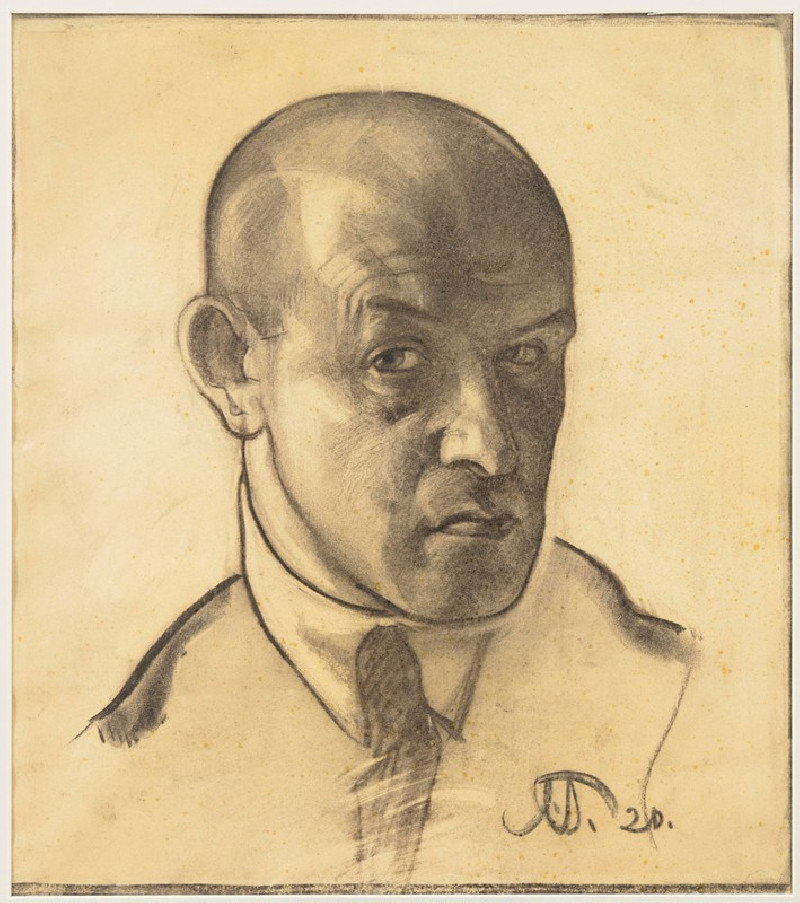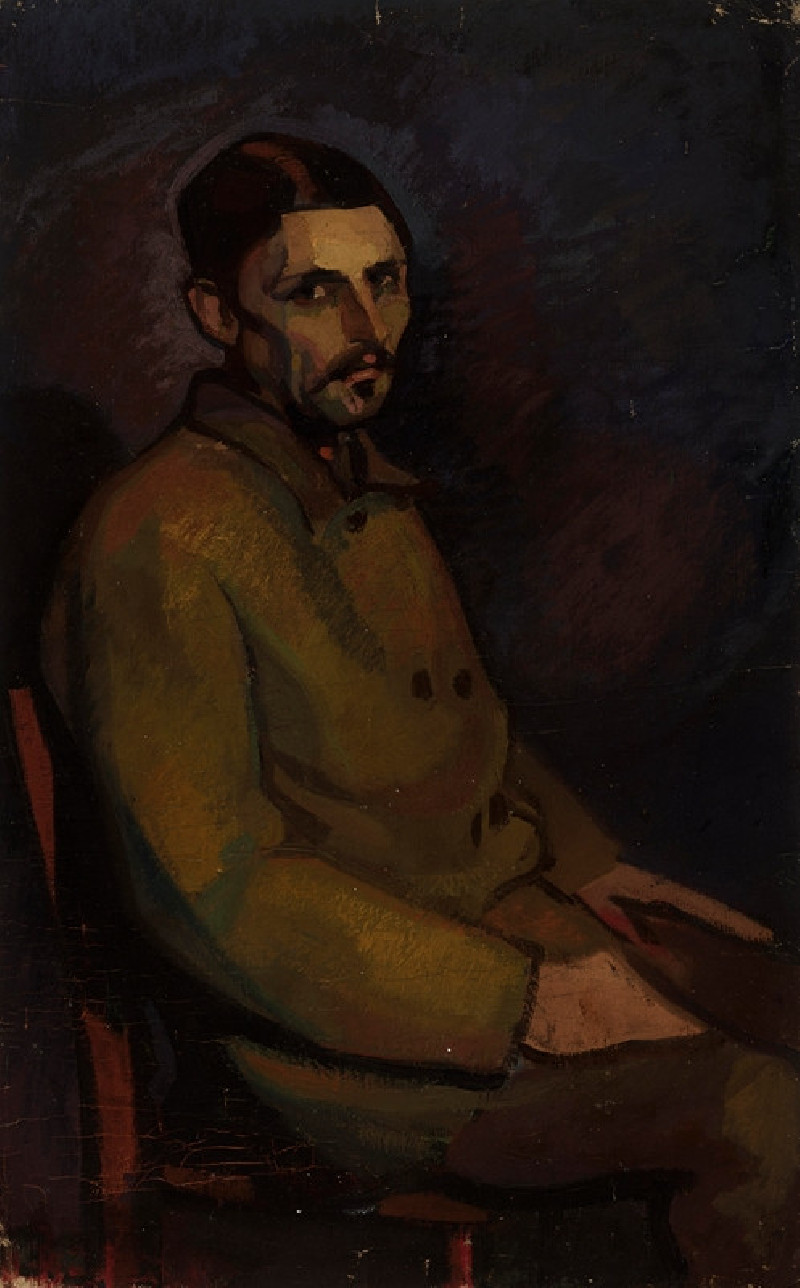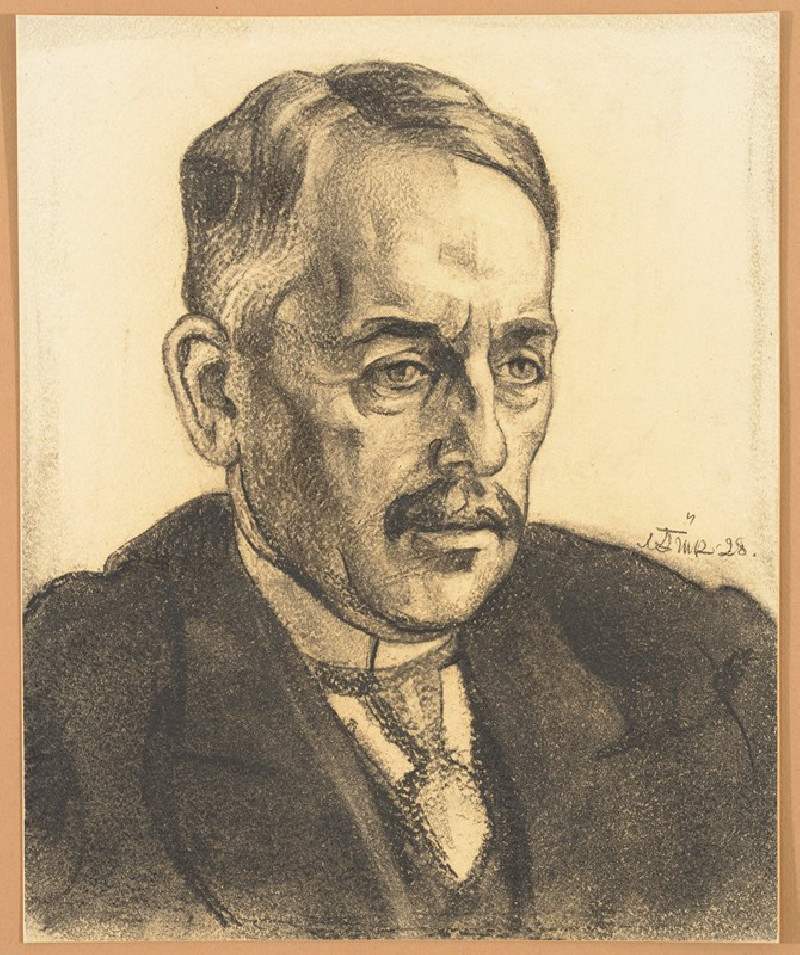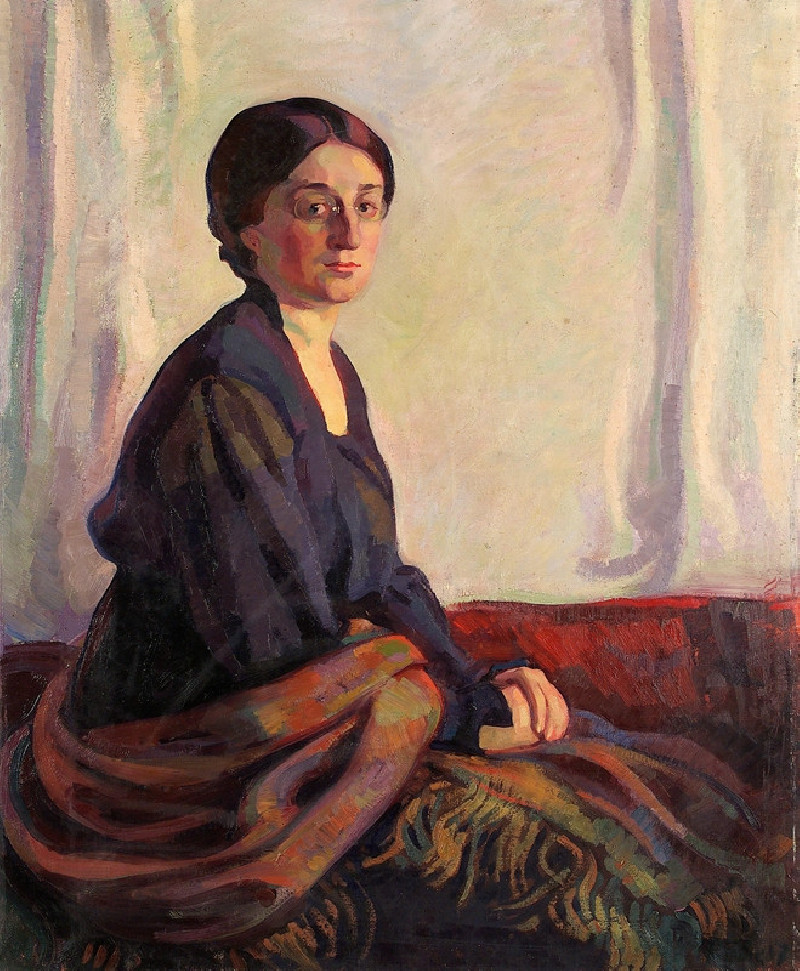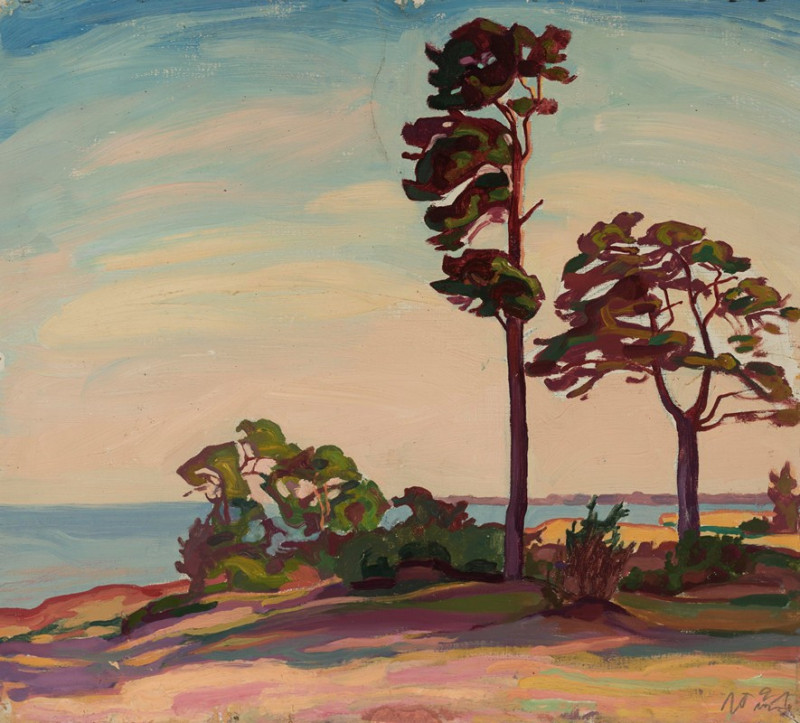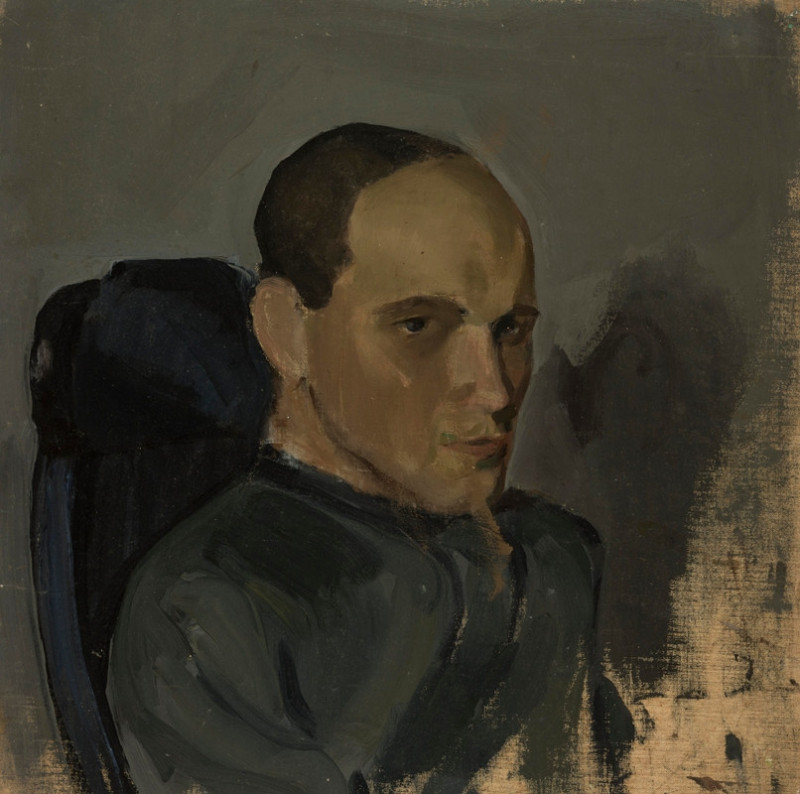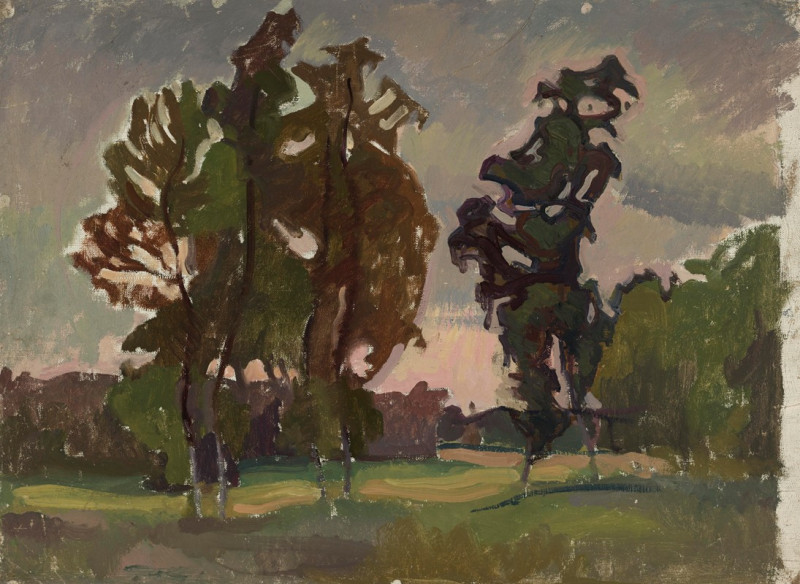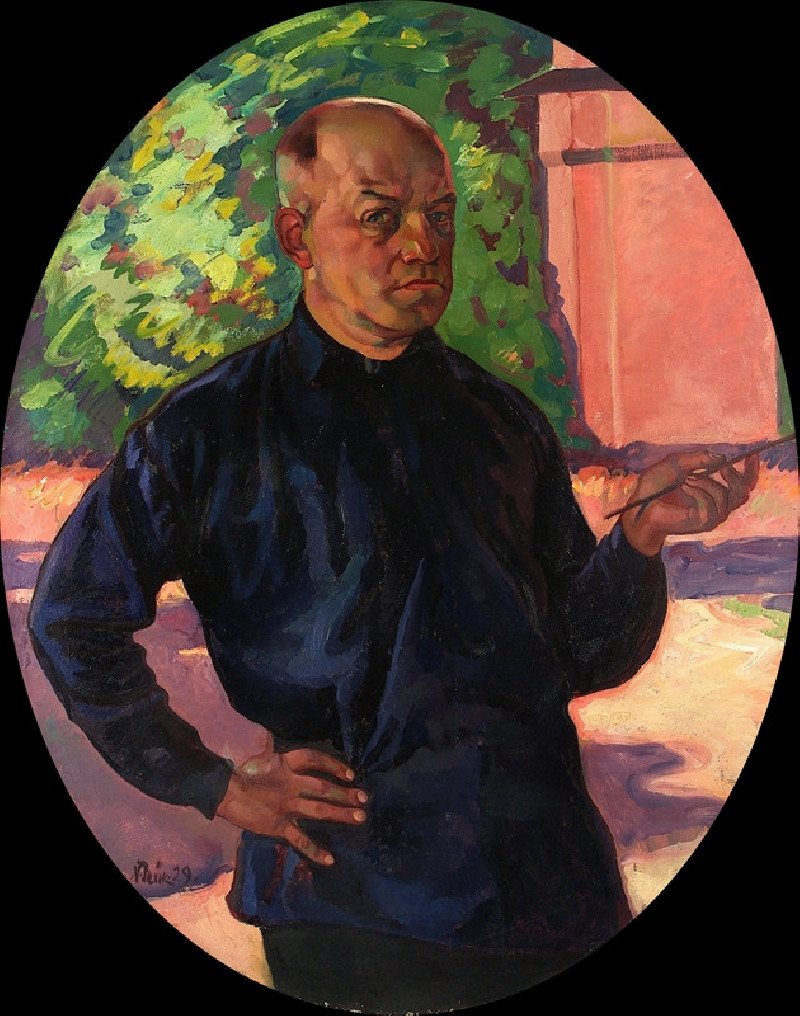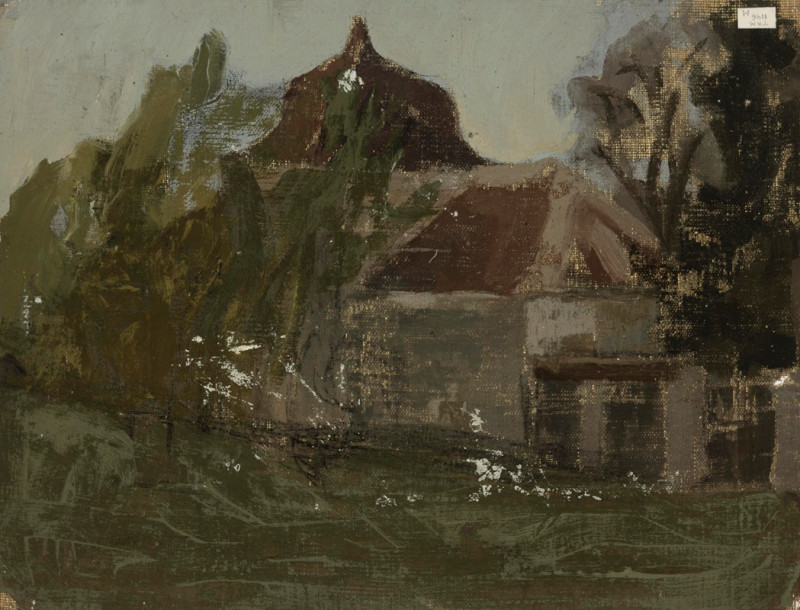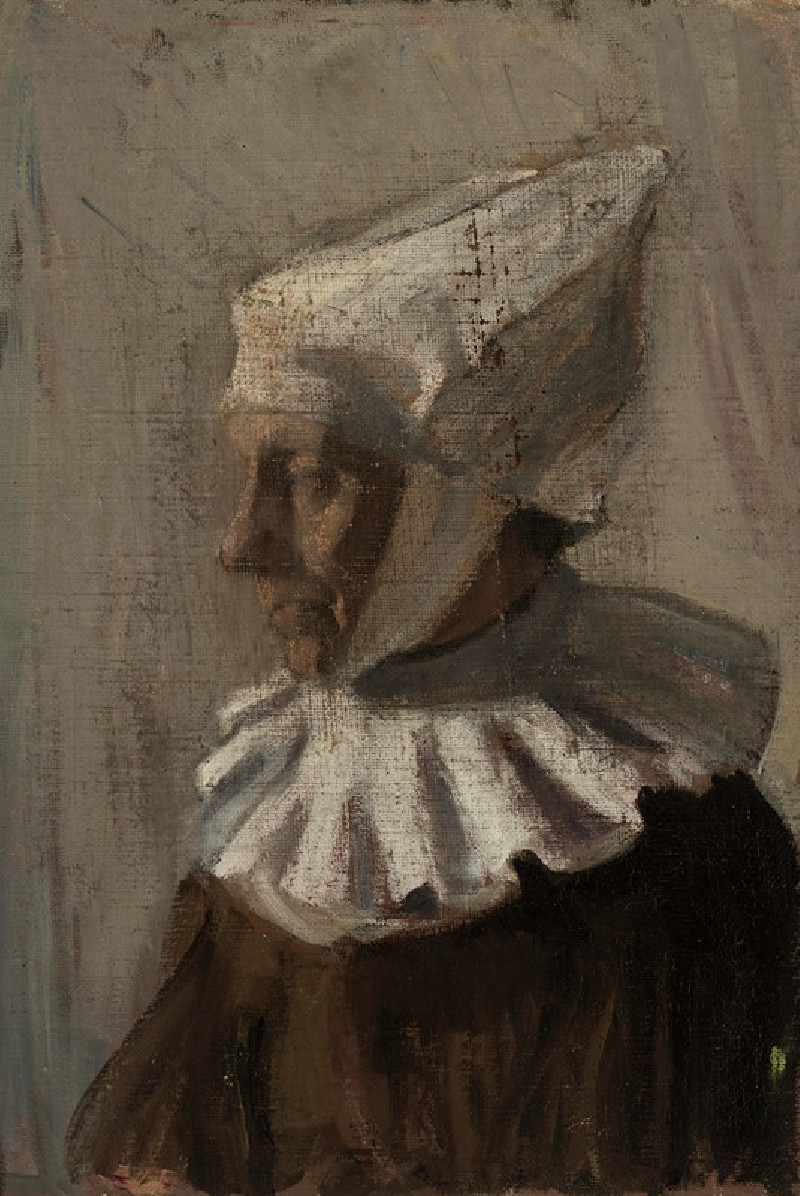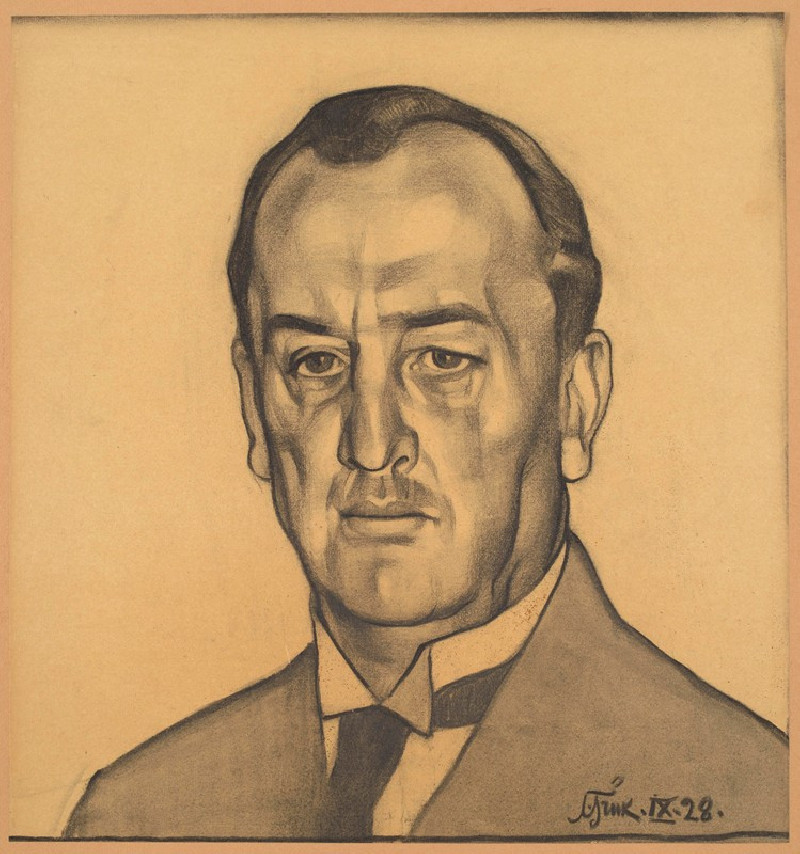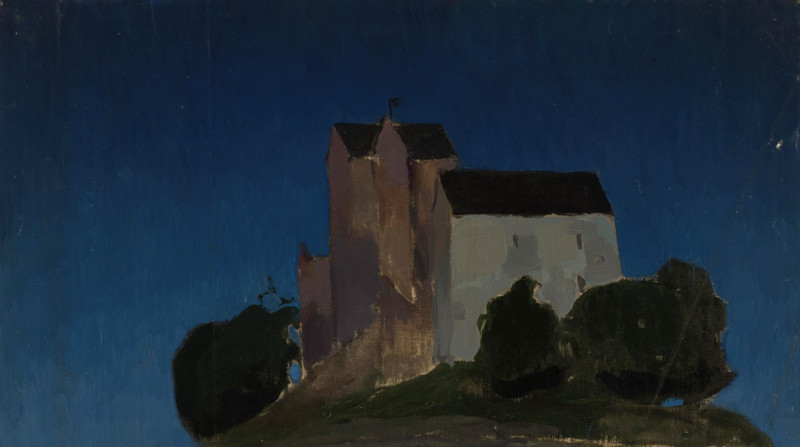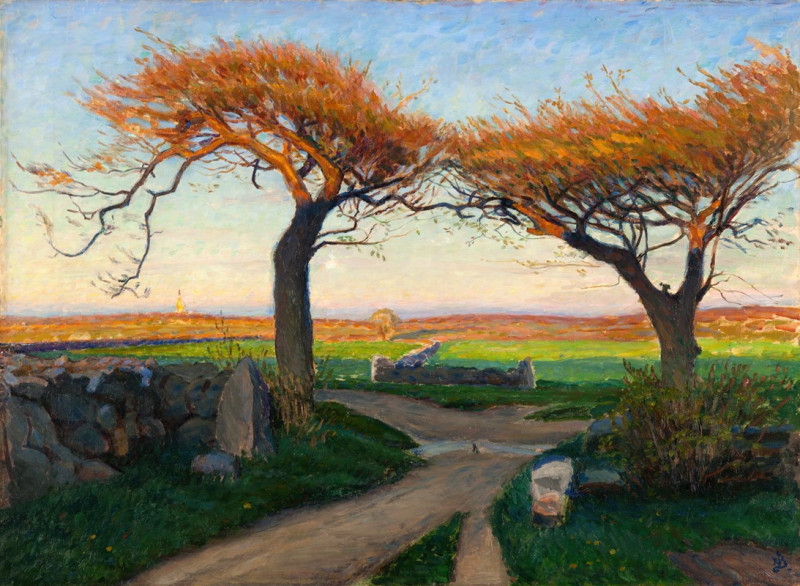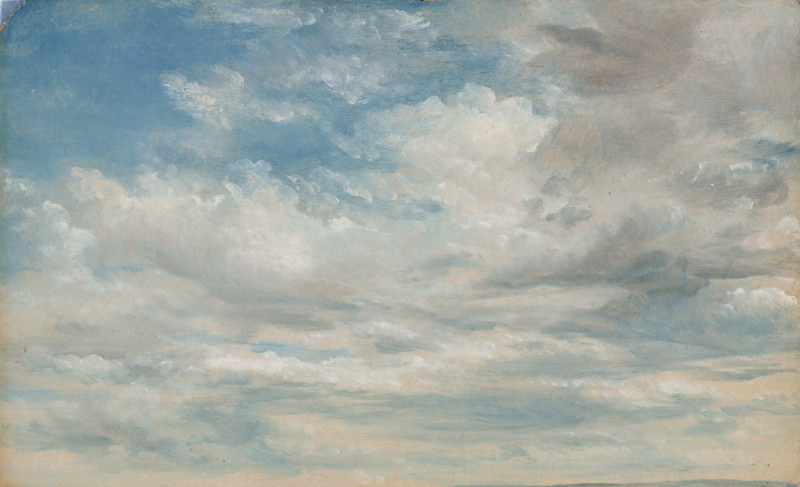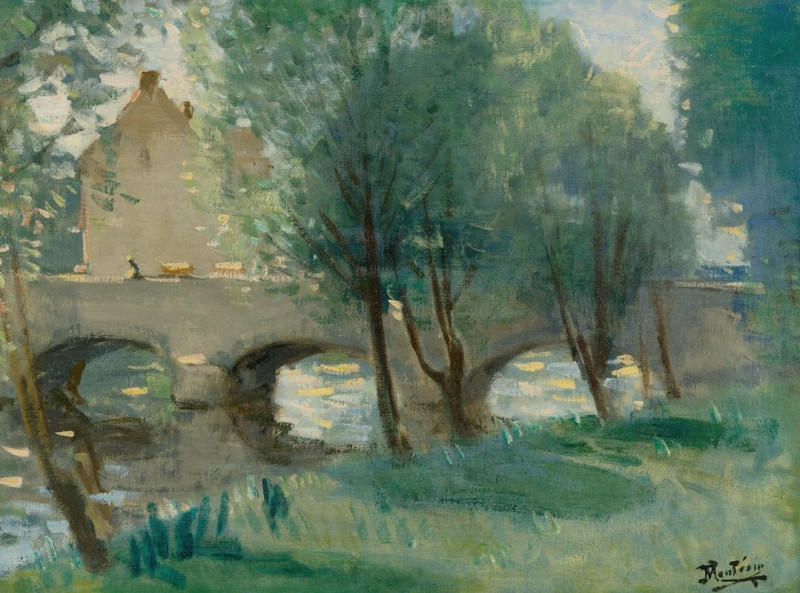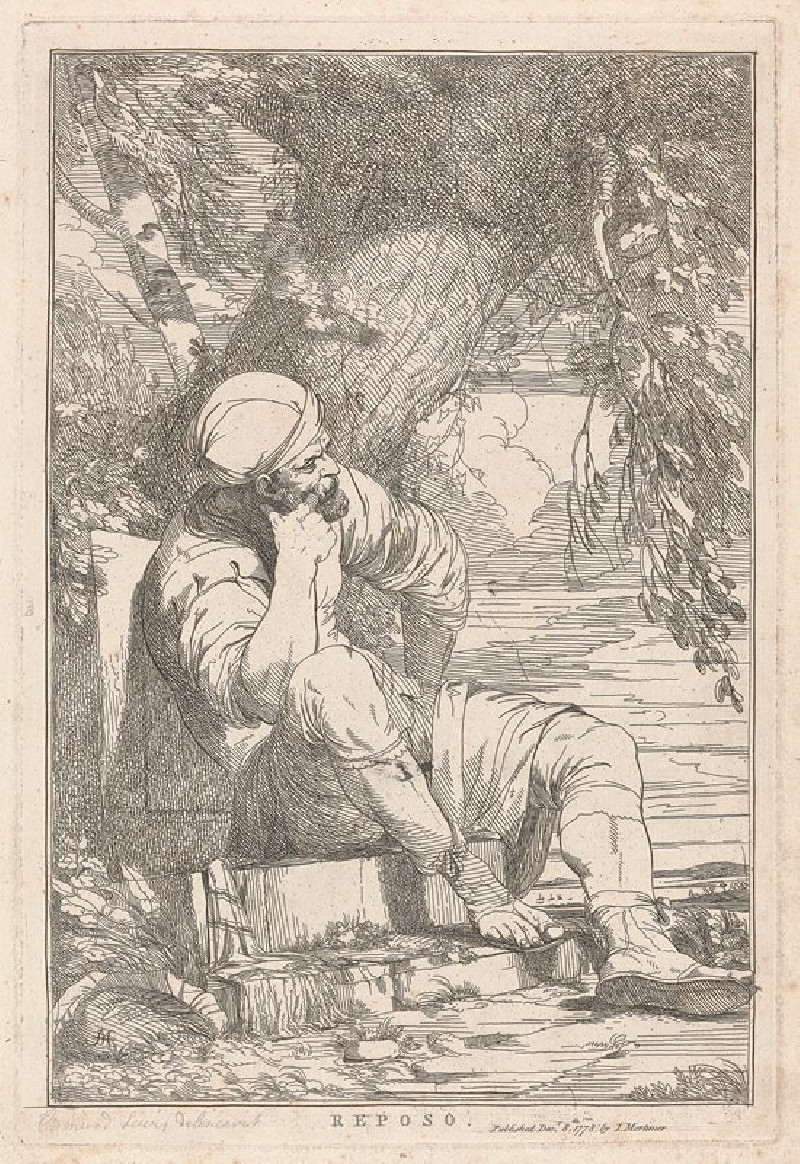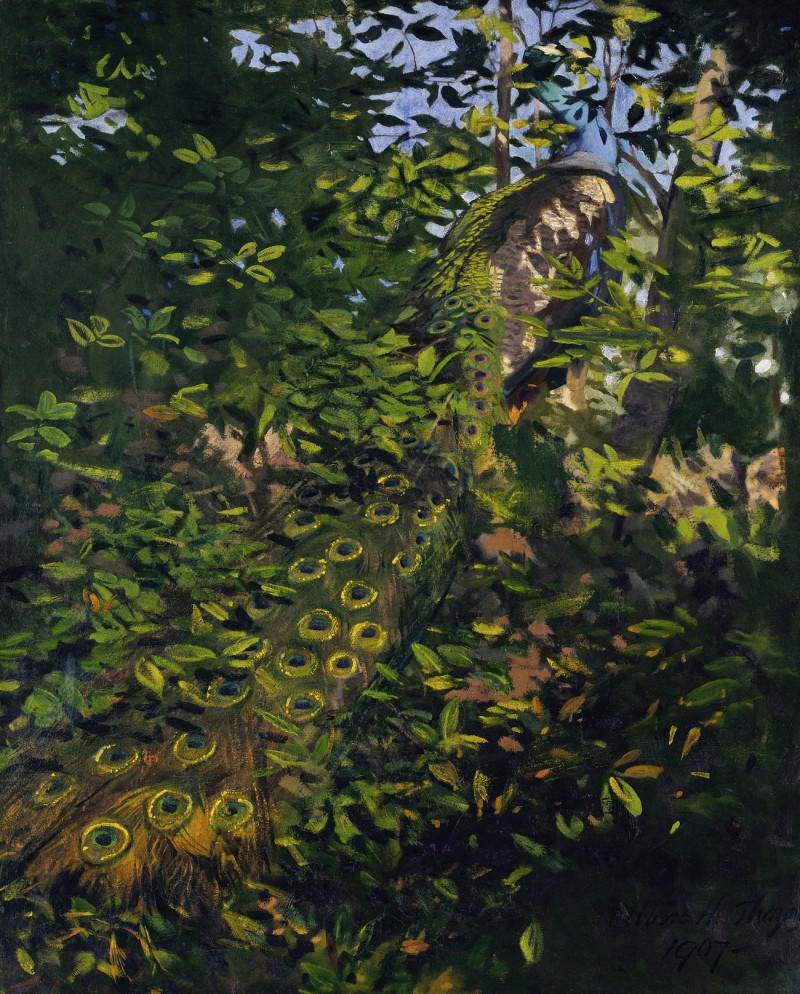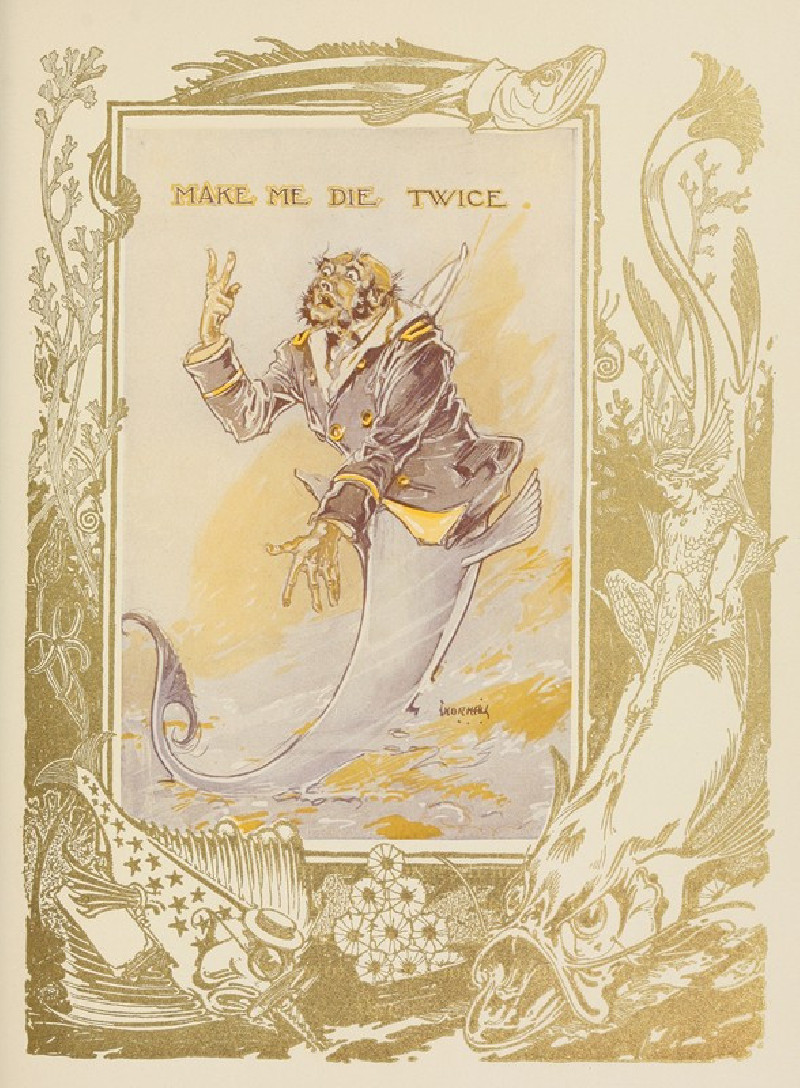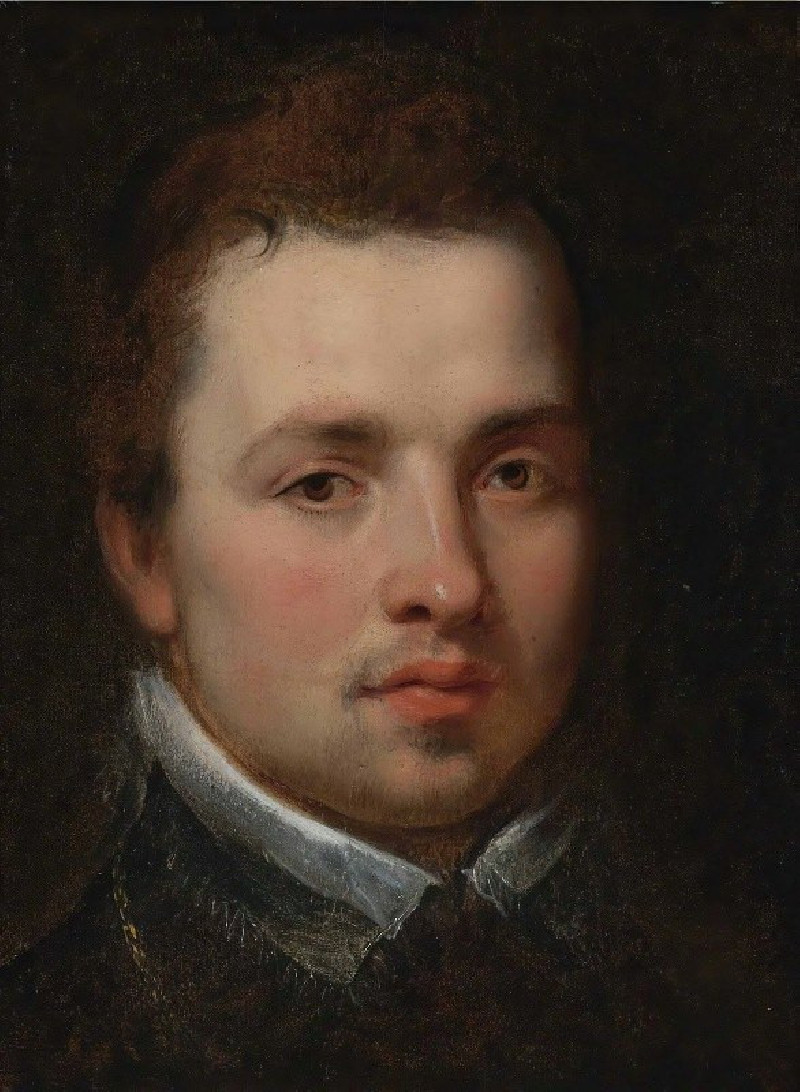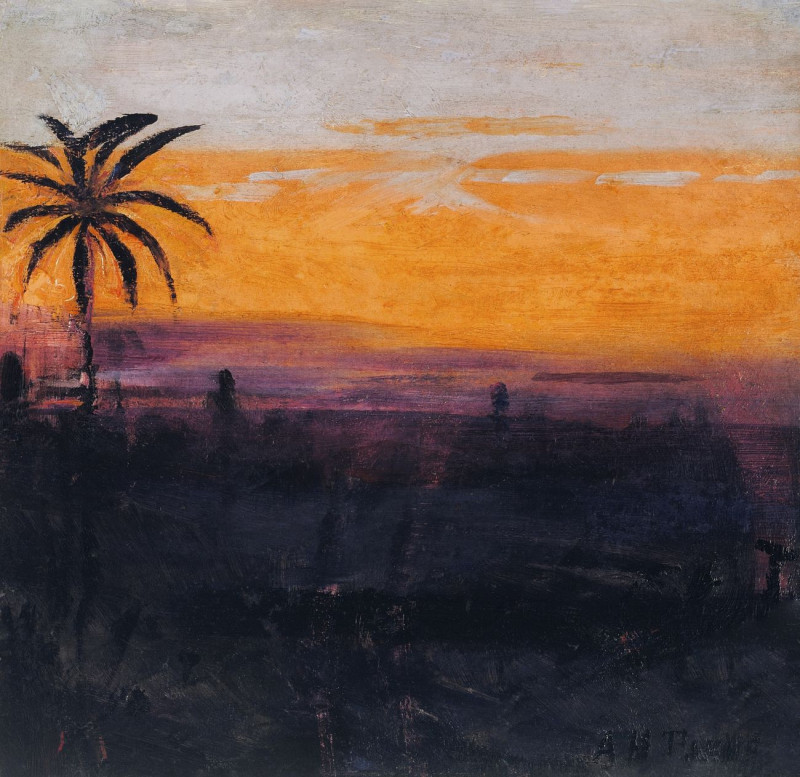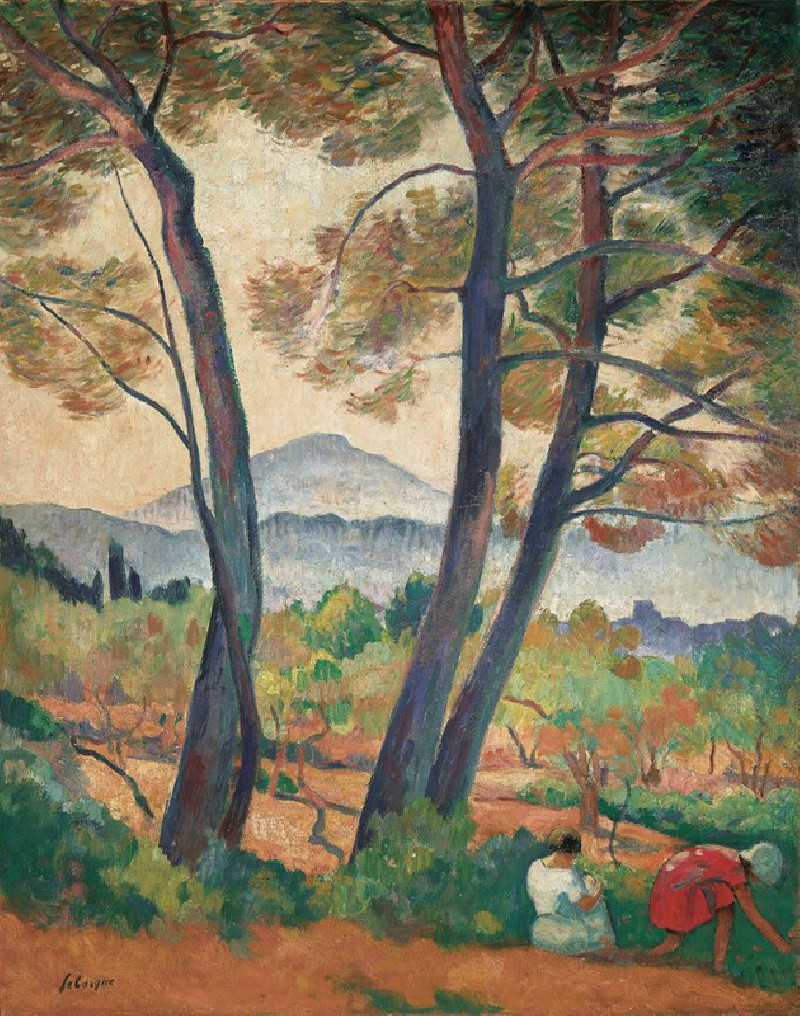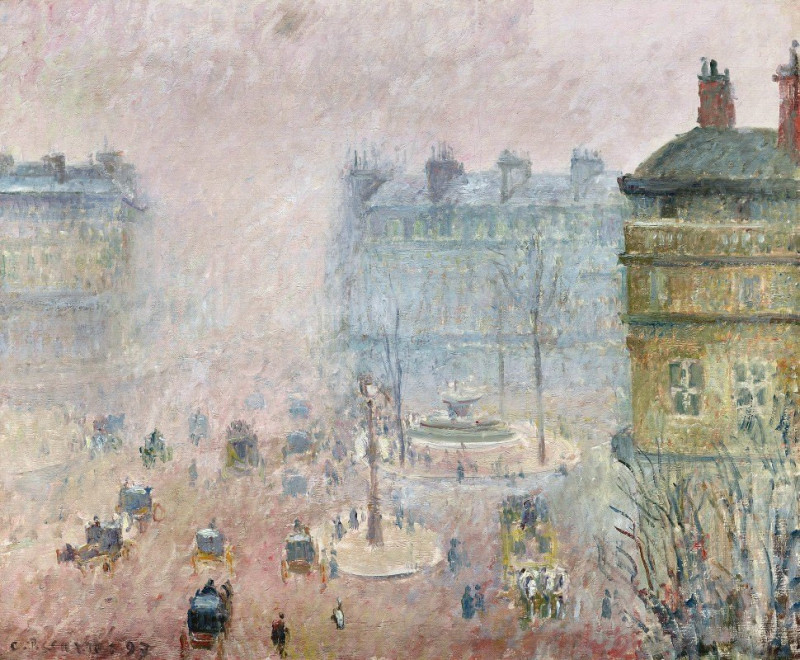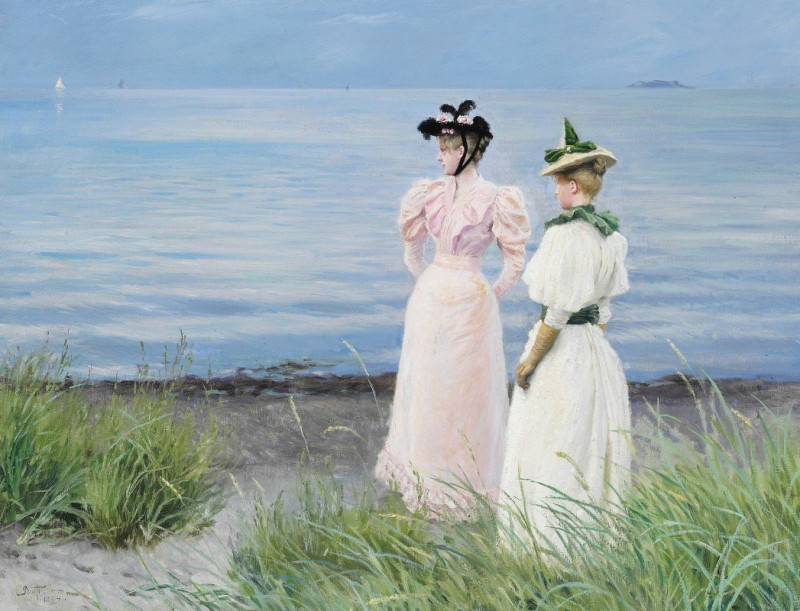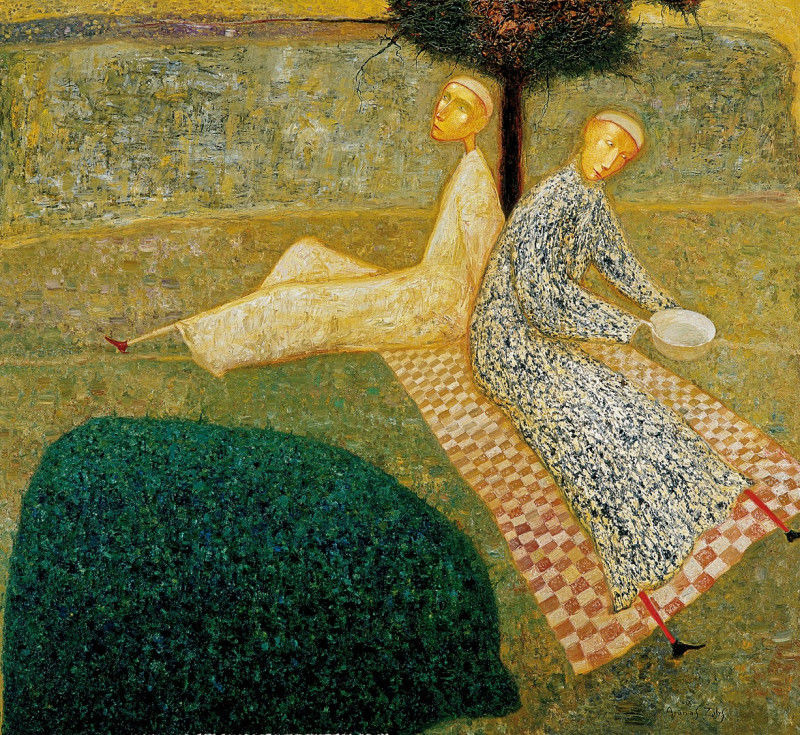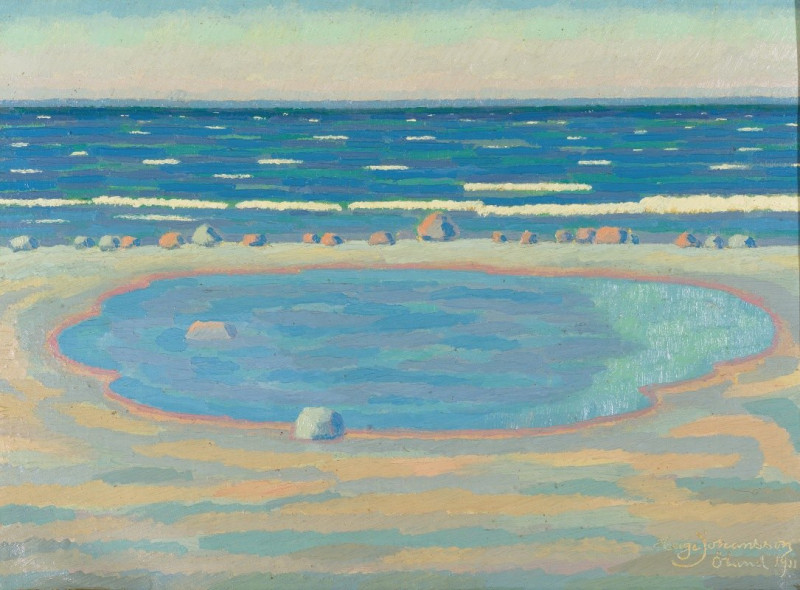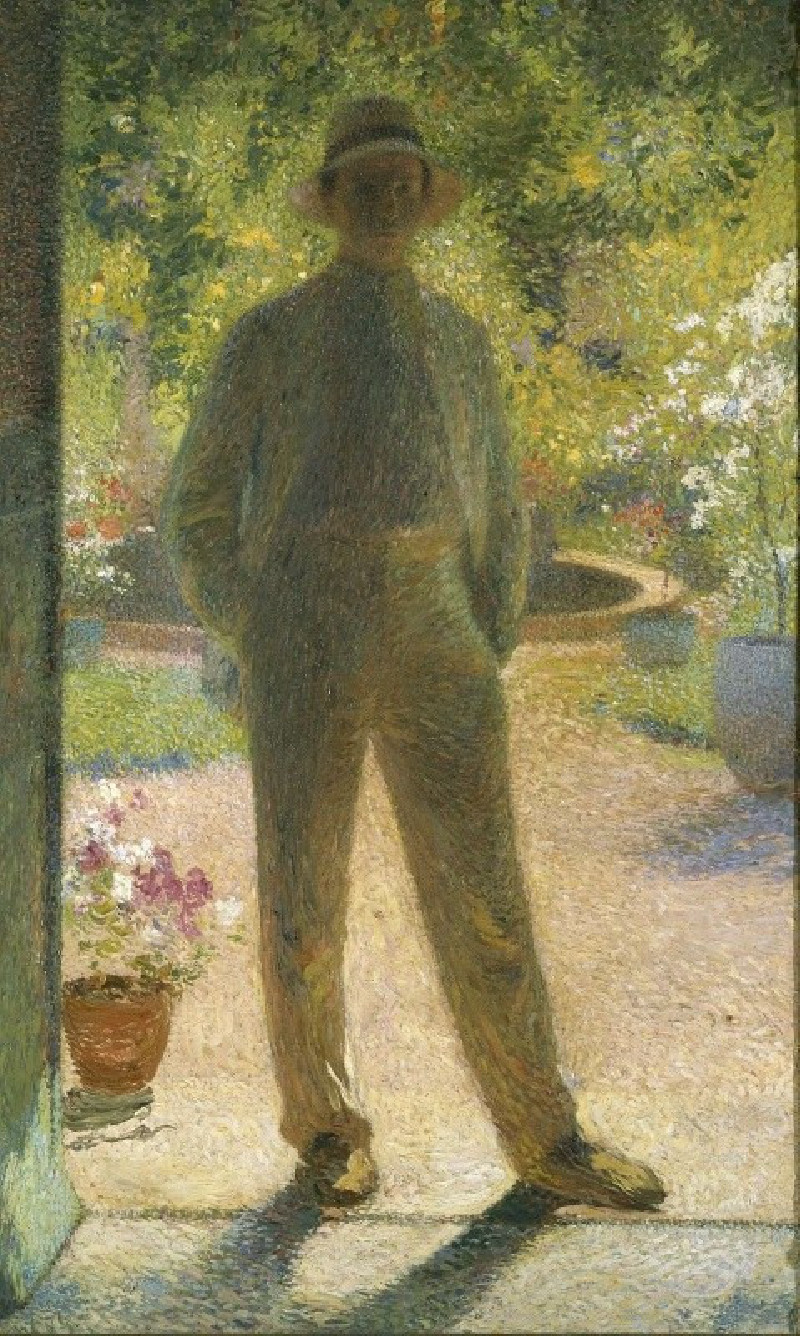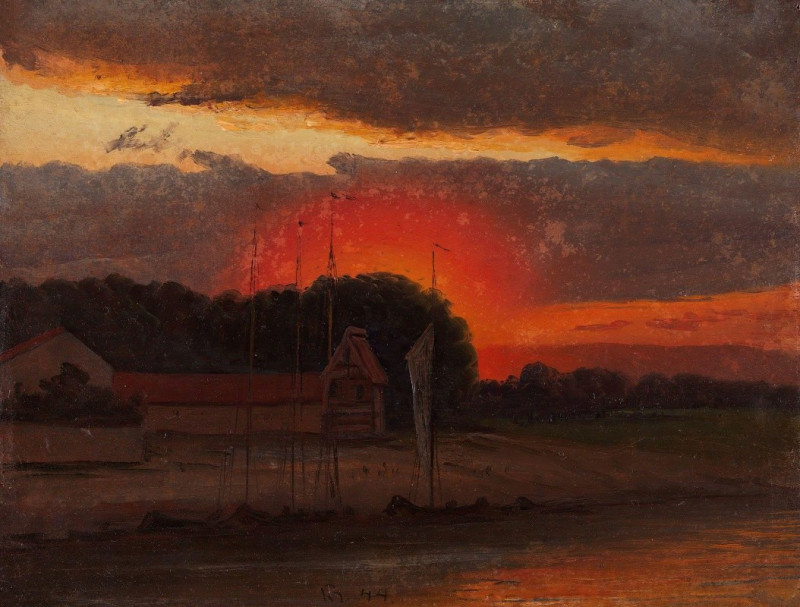Talvine Tartu Emajõega (1935)
Technique: Giclée quality print
Recommended by our customers
More about this artwork
Welcome to a serene winter glimpse of 1935 Tartu captured intrepidly in "Talvine Tartu Emajõega" by the esteemed Estonian artist, Nikolai Triik. This exquisite painting portrays the wintery charm of Tartu, as viewed along the icy banks of the Emajõgi River.The artwork is marked by brisk, expressive brushwork which conveys the chilly, yet vibrant atmosphere of an Estonian winter. The river, covered partially in snow and ice, cuts a swath through the center of the view, leading the eye towards the distant horizon. Juxtaposed against the cool whites and grays of the frozen river are the warm hues of the cityscape.Triik masterfully contrasts the lively architecture with the sullen skies. Prominent in the cityscape are emblematic buildings of Tartu silhouetted against a subdued winter sky, with sharp rooftops and textured façades rendered in ochre, amber, and rust. The scene is bustling with activity — figures can be seen strolling along the riverbank, some approaching the bridge that arches gracefully over the Emajõgi.The scattered boats, locked in the frozen embrace of the river, tell tales of paused voyages and seasons turned. One is drawn into the painting by the play of light and shadow, the rhythm of the city's life against the stillness of nature’s icy grip."Talvine Tartu Emajõega" not only captures a moment in time but also evokes the timeless allure of Tartu’s urban beauty intertwined with nature, demonstrating Nikolai Triik’s profound ability to connect landscape with emotion through rich color and dynamic composition.
Delivery
Returns
Nikolai Voldemar Triik was an Estonian Modernist painter, graphic artist, printmaker and professor. His work displays elements of Symbolism and Expressionism.
He came from a middle-class family. After graduating from the public schools in 1901, he enrolled at the Saint Petersburg Art and Industry Academy, but was expelled for participating in a student strike during the 1905 Revolution.

